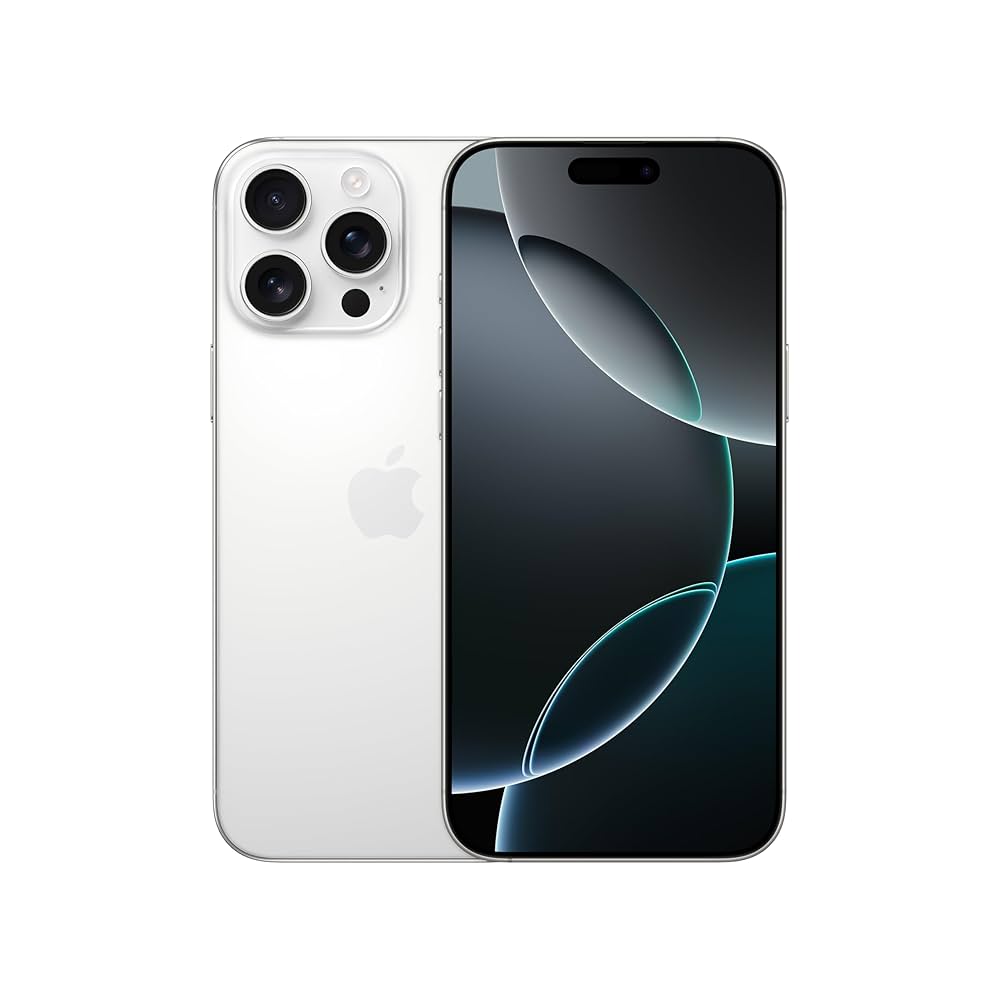Nobel Prize 2025 in Physics: The 2025 Nobel Prize in Physics has been awarded to John Clarke, Michel Devoret, and John Martinis for demonstrating macroscopic quantum tunnelling and energy quantisation in electric circuits. Their groundbreaking 1980s experiments paved the way for today’s quantum computers and sensors. This discovery proves that even large systems can exhibit quantum behavior, opening doors for next-generation technology.
Key Takeaways on Nobel Prize 2025 in Physics
- Winners: John Clarke, Michel Devoret, and John Martinis win the 2025 Nobel Prize in Physics.
- Discovery: Demonstrated macroscopic quantum mechanical tunnelling and energy quantisation in electric circuits.
- Significance: Proved that even large systems, not just individual particles, can exhibit quantum behavior.
- Impact: Their 1980s research laid the foundation for modern quantum computers, sensors, and cryptography.
- Prize: Awarded by the Royal Swedish Academy of Sciences with a sum of 11 million Swedish crowns ($1.2 million).
A Milestone in Physics History
The 2025 Nobel Prize in Physics has been awarded to three pioneering scientists John Clarke, Michel Devoret, and John Martinis for their groundbreaking discovery of macroscopic quantum mechanical tunnelling and energy quantisation in an electric circuit. This historic achievement bridges the gap between the microscopic world of atoms and the macroscopic world of large systems, reshaping our understanding of quantum mechanics.
Announced in Stockholm, the award recognizes work originally conducted in the mid-1980s, a time when the idea of building quantum computers still seemed like science fiction. Today, their experiments are seen as the foundation of the quantum revolution.
The Nobel Prize in Physics 2025: A Recognition of Quantum Brilliance
Quantum mechanics describes how very small particles such as electrons, protons, and photons behave in ways that defy our everyday intuition. They can exist in multiple states simultaneously (superposition) or even pass through barriers (tunnelling).
Until the 1980s, such bizarre behavior was thought to be limited to extremely small particles. Clarke, Devoret, and Martinis proved otherwise. Their experiments demonstrated that entire electric circuits, comprising billions of particles, could also display quantum phenomena under carefully controlled conditions.
Also Read: John Clarke Nobel Prize: The Quantum Leap
The Royal Swedish Academy of Sciences highlighted this breakthrough as a game-changer for the future of technology, opening doors to quantum cryptography, advanced sensors, and the development of scalable quantum computers.
The Pioneering Experiments
The story dates back to 1984–1985 at the University of California, Berkeley. John Martinis was then a PhD student, Michel Devoret a postdoctoral fellow, and John Clarke their professor. Together, they conducted a series of experiments using a device called a Josephson junction, an electric circuit composed of two superconductors separated by a thin insulating layer.
Under normal conditions, the insulator blocks current.
However, when superconductors are used, quantum effects allow current to “tunnel” through the insulator.
This setup was not new; Brian Josephson had already received the 1973 Nobel Prize for discovering tunnelling currents in such circuits. But what Clarke, Devoret, and Martinis achieved went much further:
✔️ They showed that the entire circuit itself could only exist in discrete energy states, not in between.
✔️ The circuit was capable of “jumping” between these states across the insulating barrier, proving macroscopic quantum tunnelling.
This was the first-ever demonstration of quantum behavior on a macroscopic scale.
Why This Discovery Changed Science
- At the time, their research didn’t make global headlines. But as the years passed, physicists recognized its far-reaching implications.
- It answered a fundamental question: How large can a system be and still behave according to quantum mechanics?
- It offered a practical pathway to creating qubits, the building blocks of quantum computers.
- It established superconducting circuits as a leading platform for quantum technology.
- Today, most quantum computers rely on superconducting circuits, the very technology Clarke, Devoret, and Martinis helped validate decades ago.
- Rajamani Vijayraghavan, an associate professor at the Tata Institute of Fundamental Research who trained under Devoret, described the discovery as “the first clear proof that macroscopic systems can behave quantum mechanically. It really set the stage for quantum computing.”
Nobel Prize: A Tradition of Celebrating Human Achievement
The Nobel Prizes were established by the will of Alfred Nobel, inventor of dynamite, who left his fortune to honor contributions in science, literature, and peace. Since 1901, the Physics Prize has been one of the most prestigious awards in the world.
Notable past winners include Albert Einstein, Max Planck, Pierre and Marie Curie, and Niels Bohr ; the very pioneers of quantum theory.
The Nobel ceremony is held every year on December 10th in Stockholm, the anniversary of Nobel’s death, followed by a grand banquet at the city hall. The Peace Prize, awarded separately in Oslo, will be announced later this week.
The 2025 prize comes with a purse of 11 million Swedish crowns ($1.2 million), shared equally among the winners.
A Step Toward the Quantum Future
Quantum mechanics has often been called the “weird” science because of its counterintuitive rules. But thanks to the work of Clarke, Devoret, and Martinis, that weirdness is now being harnessed into practical technology.
- Quantum Computers promise to solve problems beyond the reach of classical machines.
- Quantum Sensors can detect minute changes in gravity, magnetic fields, and time.
- Quantum Cryptography could revolutionize secure communications.
This Nobel Prize doesn’t just honor past experiments, it highlights the technological transformation already underway.
Defining the New Era of Physics
The 2025 Nobel Prize in Physics stands as a testament to how curiosity-driven research can reshape the future. What began as an obscure experiment on superconducting circuits at Berkeley in the 1980s has now become the cornerstone of quantum technology, an industry projected to transform computing, communication, and scientific discovery.
By proving that large systems can behave quantum mechanically, Clarke, Devoret, and Martinis have expanded the boundaries of physics itself. Their work ensures that the legacy of this Nobel Prize will not only be remembered in history but also felt in every breakthrough that quantum technology brings to our daily lives in the decades ahead.
The Spiritual Perspective: The Unique Knowledge of Sant Rampal Ji Maharaj Ji
While modern science continues to explore the mysteries of the universe through discoveries like quantum tunnelling and energy quantisation, Tattvadarshi Sant Rampal Ji Maharaj Ji explains these truths from a spiritual dimension. According to His Tatvagyan (true spiritual knowledge), the creation of this universe cannot be fully understood by research alone. Only the Supreme Creator who designed it has the complete knowledge of its functioning.
In His discourses, Sant Rampal Ji Maharaj Ji has revealed profound secrets of creation describing how there are 21 universes under Brahm, and how the eternal Supreme God, Kabir Saheb, is above them all. He provides authentic scriptural evidence that clarifies the difference between Brahm, ParBrahm, and Param Akshar Brahm. This knowledge resolves deep spiritual confusions and offers seekers a clear path toward truth.
By blending scientific curiosity with spiritual wisdom, the teachings of Sant Rampal Ji Maharaj Ji show that ultimate answers lie not just in laboratories but in the eternal words of the Creator Himself. For more authentic spiritual knowledge, visit www.jagatgururampalji.org.
FAQs on Nobel Prize 2025 in Physics
Q1. Who won the Nobel Prize in Physics 2025?
The 2025 Nobel Prize in Physics was awarded to John Clarke, Michel Devoret, and John Martinis for their groundbreaking discovery of macroscopic quantum tunnelling and energy quantisation in electric circuits.
Q2. What discovery led to the Nobel Prize in Physics 2025?
The Nobel Prize was awarded for experiments in the 1980s that showed entire electric circuits, not just single particles, can exhibit quantum behavior such as discrete energy states and macroscopic quantum tunnelling.
Q3. Why is the 2025 Physics Nobel Prize discovery important?
The discovery laid the foundation for modern quantum technology, including quantum computers, sensors, and cryptography. It proved that large systems can behave according to quantum mechanics, a major shift in scientific understanding.
Q4. How much is the Nobel Prize 2025 in Physics worth?
The Nobel Prize in Physics 2025 includes a prize sum of 11 million Swedish crowns (about $1.2 million), shared equally among the three winners.
Q5. Where and when will the Nobel Prize 2025 be awarded?
The Nobel Prizes are traditionally awarded on December 10 in Stockholm, Sweden, the anniversary of Alfred Nobel’s death. Laureates receive their prizes from the King of Sweden at a grand ceremony, followed by a banquet at Stockholm City Hall.

















